Beard oil has become an essential grooming product for men who take pride in their facial hair. This versatile oil offers numerous benefits, making it a key component in maintaining a healthy and well-groomed beard. Primarily, beard oil serves to moisturise both the beard and the skin beneath it, preventing dryness, itching, and irritation. Its unique blend of natural oils, such as jojoba, argan, and coconut, nourishes the beard, giving it a smoother, more manageable texture and a subtle sheen.
The importance of regular use cannot be overstated. Just like the hair on your head, your beard needs consistent care to look its best. Regular application of beard oil ensures that your beard remains soft, tangle-free, and easy to style. Additionally, it can help in maintaining the overall health of the skin beneath your beard, which is often neglected and prone to dryness or flaking. Incorporating beard oil into your daily grooming routine is a simple yet effective way to enhance both the appearance and the health of your beard.
Understanding Beard Oil
Beard oil is a carefully crafted blend of natural oils, each selected for their unique benefits to both the beard and skin. Common ingredients in beard oil include jojoba oil, argan oil, and coconut oil, among others. Jojoba oil closely mimics the natural oils produced by the skin, making it an excellent moisturiser and protector for both skin and hair. Argan oil, often referred to as 'liquid gold', is rich in fatty acids and Vitamin E, known for its nourishing and revitalizing properties. Coconut oil adds a hydrating element, deeply conditioning the beard and reducing protein loss from hair.
The magic of beard oil lies in its dual action – moisturizing and nourishing. When applied, the oil penetrates the beard hair and reaches the skin underneath. This provides much-needed hydration, preventing the common issues of itchiness and dandruff-like flaking caused by dryness.
For the beard hair itself, the oil acts as a conditioner, softening and smoothing the hair, making it more manageable. This conditioning effect also gives the beard a healthy, attractive sheen, enhancing its appearance. Regular use of beard oil ensures that the beard remains healthy, soft, and well-groomed, while also taking care of the often overlooked skin beneath.

